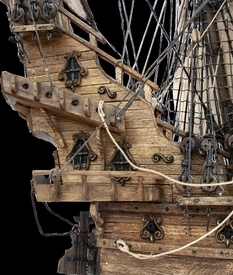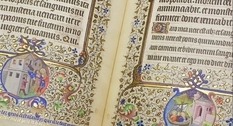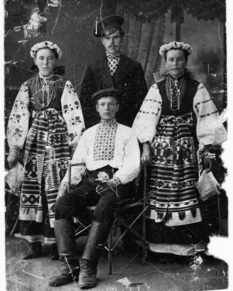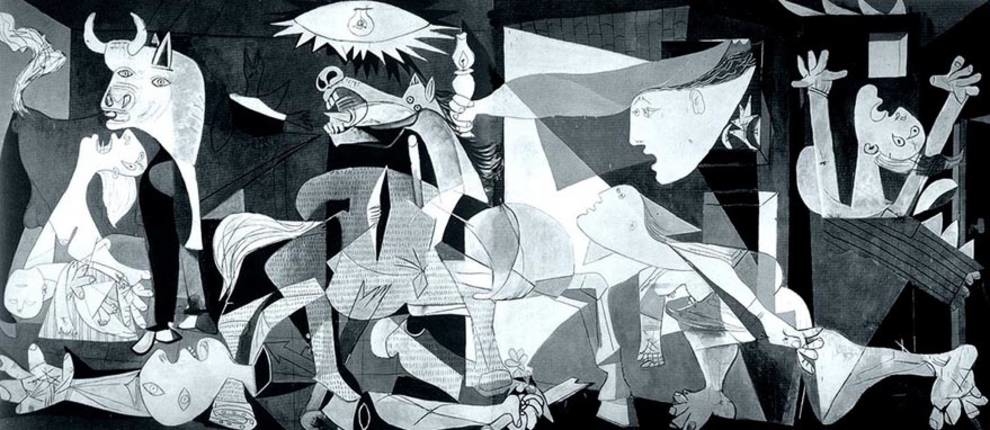
"Guernica": the return of the masterpiece
September 10, 1981 after more than 40 years of stay abroad, "Guernica", a monumental canvas by Pablo Picasso, it was returned to Spain in recognition of the victory of democracy in the country.
"Guernica" - a painting that was painted by the artist under the influence of the tragedy that occurred in the homonymous town: the German bombardment during the Civil War in Spain.
In 1939, Picasso transferred Guernica to the Museum of Modern Art in New York with the condition of his return to his homeland after the restoration of democratic freedoms in Spain.
In April 1937, at the beginning of the Civil War in Spain without any warning, German aircraft from the Legion Condor, directed by Adolf Hitler to the aid of Francisco Franco, conducted a three-hour bombing of the Basque town of Guernica (Northern Spain).
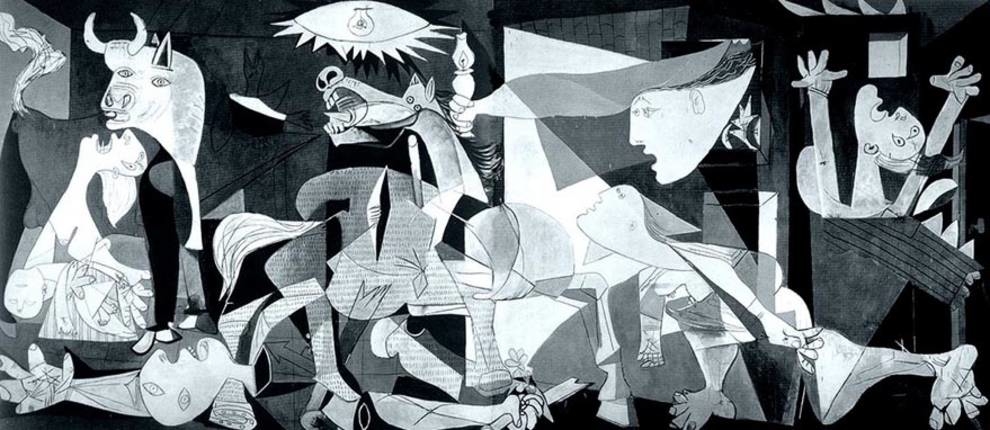
Although the formal goal of the attack was a town near Gerniki, 1600-1650 residents were killed there and about 900 were injured. According to eyewitnesses, those who tried to escape from bombs were fired at with machine-gun fire from aircraft.
Struck by this gross act of violence, Picasso in just three weeks created a large in a straight (3.5x8.5 meters) and a portable canvas, in which he conveyed the horror of war and the inhuman attitude of a man to himself.
In 1937, the painting was exhibited in the Spanish pavilion at the Paris International Exhibition, and then sent to New York for exhibiting as part of the fundraising meeting for the Spanish Resistance Committee.
With the outbreak of World War II, Picasso ordered that Guernica and his other works be accepted for storage by the New York Museum of Modern Art.
After the war, most of his work was returned to Europe, and Picasso asked Guernica to be kept until "the restoration of civil liberties in Spain".
"Guernica" - a painting that was painted by the artist under the influence of the tragedy that occurred in the homonymous town: the German bombardment during the Civil War in Spain.
In 1939, Picasso transferred Guernica to the Museum of Modern Art in New York with the condition of his return to his homeland after the restoration of democratic freedoms in Spain.
In April 1937, at the beginning of the Civil War in Spain without any warning, German aircraft from the Legion Condor, directed by Adolf Hitler to the aid of Francisco Franco, conducted a three-hour bombing of the Basque town of Guernica (Northern Spain).

Photo © jnsm.com.ua
Although the formal goal of the attack was a town near Gerniki, 1600-1650 residents were killed there and about 900 were injured. According to eyewitnesses, those who tried to escape from bombs were fired at with machine-gun fire from aircraft.
Struck by this gross act of violence, Picasso in just three weeks created a large in a straight (3.5x8.5 meters) and a portable canvas, in which he conveyed the horror of war and the inhuman attitude of a man to himself.
In 1937, the painting was exhibited in the Spanish pavilion at the Paris International Exhibition, and then sent to New York for exhibiting as part of the fundraising meeting for the Spanish Resistance Committee.
With the outbreak of World War II, Picasso ordered that Guernica and his other works be accepted for storage by the New York Museum of Modern Art.
After the war, most of his work was returned to Europe, and Picasso asked Guernica to be kept until "the restoration of civil liberties in Spain".
